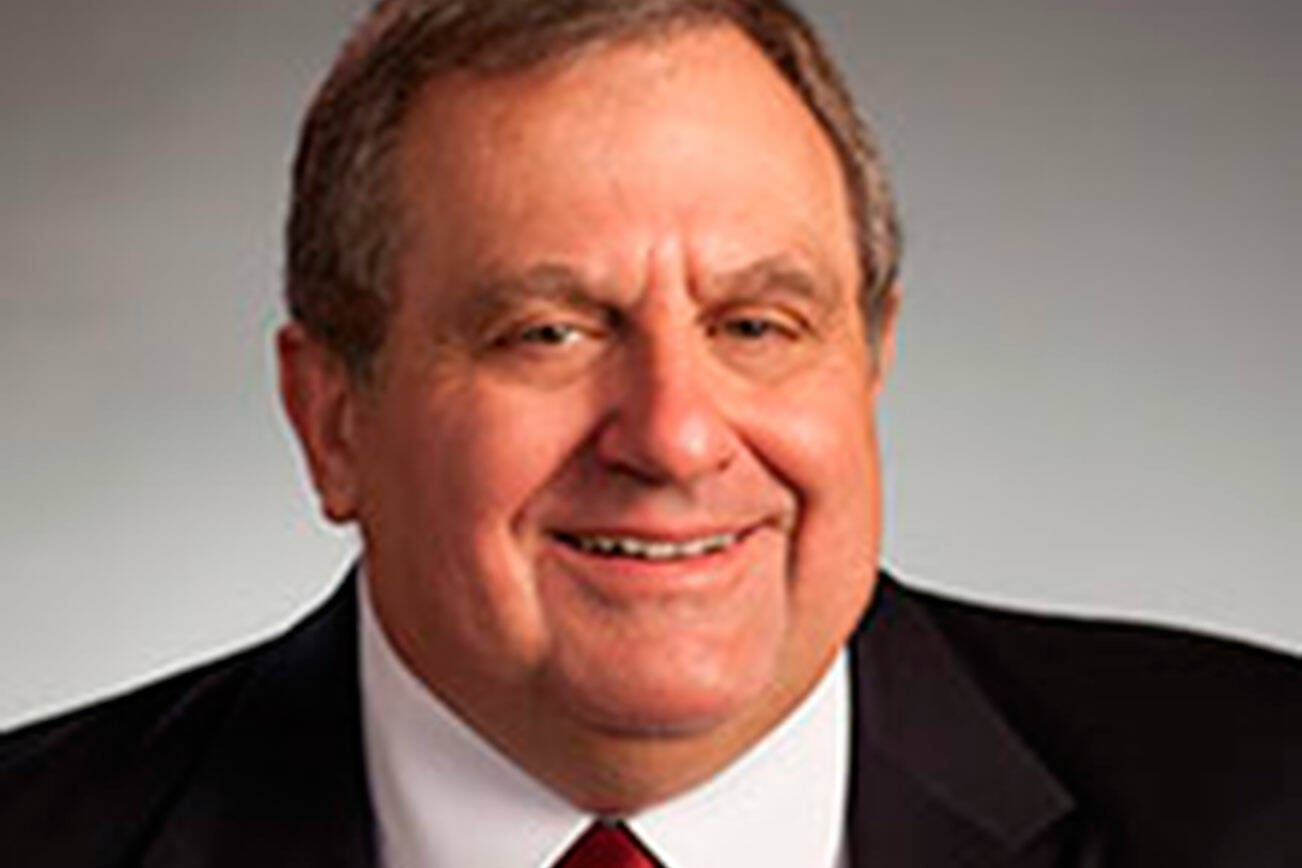Regenerating millions of western forested acres scorched by large wildfires is a herculean task costing hundreds of billions. However, healthy growing woodlands are essential to reducing atmospheric CO2 and providing abundant clean air and fresh water for people, crops, fish and wildlife.
According to the National Interagency Fire Center, nearly 3 million acres have already burned this year in the U.S., mostly in Arizona, New Mexico and Alaska. By year’s end, that total may exceed 2019, when over 5 million acres of forest lands were charred in California, Oregon and Washington.
Wildfires emitted 1.76 billion tons of CO2 globally in 2021, according to the European Union’s Copernicus Atmosphere Monitoring Service. That’s equivalent to more than double Germany’s annual CO2 emissions.
Reforestation funding for federal timberlands is woefully lacking. Currently, fighting wildfires consumes 60 percent of the U.S. Forest Service budget, yet many forests desperately need thinning to avoid wildfire fuel accumulation. In a day of $30.5 trillion federal deficits, additional funding is unlikely.
What if the Forest Service identified lands that need thinning and use the proceeds from the sale of the thinning to plant trees? Those logs could be processed to make wood products and provide jobs in rural communities. A prototype program is already in place in the Colville National Forest.
Replanting trees as quickly as possible after a wildfire is one of the most important ways of reducing CO2, to control erosion, and prevent flooding. However, right now, we are fighting a losing battle. Every year worldwide, 15 billion trees are destroyed by fire or pollution. Despite $50 billion a year spent by governments on replanting, there remains an annual net loss of 6 billion trees.
Financing is one thing, but the actual planting is quite another. That is where drones come in. An experienced and energetic tree planter can plant 800-1,000 seedlings over two acres each day. On the other hand, two drone operators are 150 times faster and 4-10 times cheaper than hand planting.
Seattle’s DroneSeed developed sophisticated 3D ground mapping software and precision tree planting techniques using swarms of drones. Drones thoroughly map the area and their data identifies “micro-sites” such as stumps, which would shade the seedlings and provide additional nutrients from decaying wood. Drones then launch biodegradable capsules loaded with seeds, liquid nutrients and animal repellent onto precise spots on the ground.
DroneSeed deployed the technology in southern Oregon four years ago. Hancock Forest Management, an international forest landowner with nearly 11 million acres of timberland, contracted with DroneSeed to replant a portion of its land that had been badly torched by a wildfire in 2018.
On the Okanogan-Wenatchee National Forest, when U.S. Forest Service scientists surveyed the 2018 Cougar Creek Fire site (41,107 acres), they found 30 percent of the soil in the Mad River drainage was so severely burned it would be hard to hold water and grow trees for a replacement forest.
If damaged soil cannot hold water, it increases the risk of flooding, erosion and muddy debris-filled streams. Those conditions are detrimental to fish, wildlife and people. Denuded forest lands are incapable of capturing carbon.
In cases such as the Cougar Creek Fire, DroneSeed planting on the steep slopes would have been worth trying, especially if we are to dramatically reduce carbon emissions. In place of sterile barren timbered lands, rapidly growing forests would be converting CO2 into human life-giving oxygen.
Forests yield 40 percent of the clean water for the world’s 100 largest cities. Trees stabilize slopes in watersheds, grow trees, and cleanse our air of greenhouse gases. Hopefully, drone planting works out as designed and hastens reforestation. It is a “game changer” and worth trying.
–
Don C. Brunell is a business analyst, writer and columnist. He is a former president of the Association of Washington Business, the state’s oldest and largest business organization, and lives in Vancouver. Contact thebrunells@msn.com.
Talk to us
Please share your story tips by emailing editor@kentreporter.com.
To share your opinion for publication, submit a letter through our website https://www.kentreporter.com/submit-letter/. Include your name, address and daytime phone number. (We’ll only publish your name and hometown.) Please keep letters to 300 words or less.

